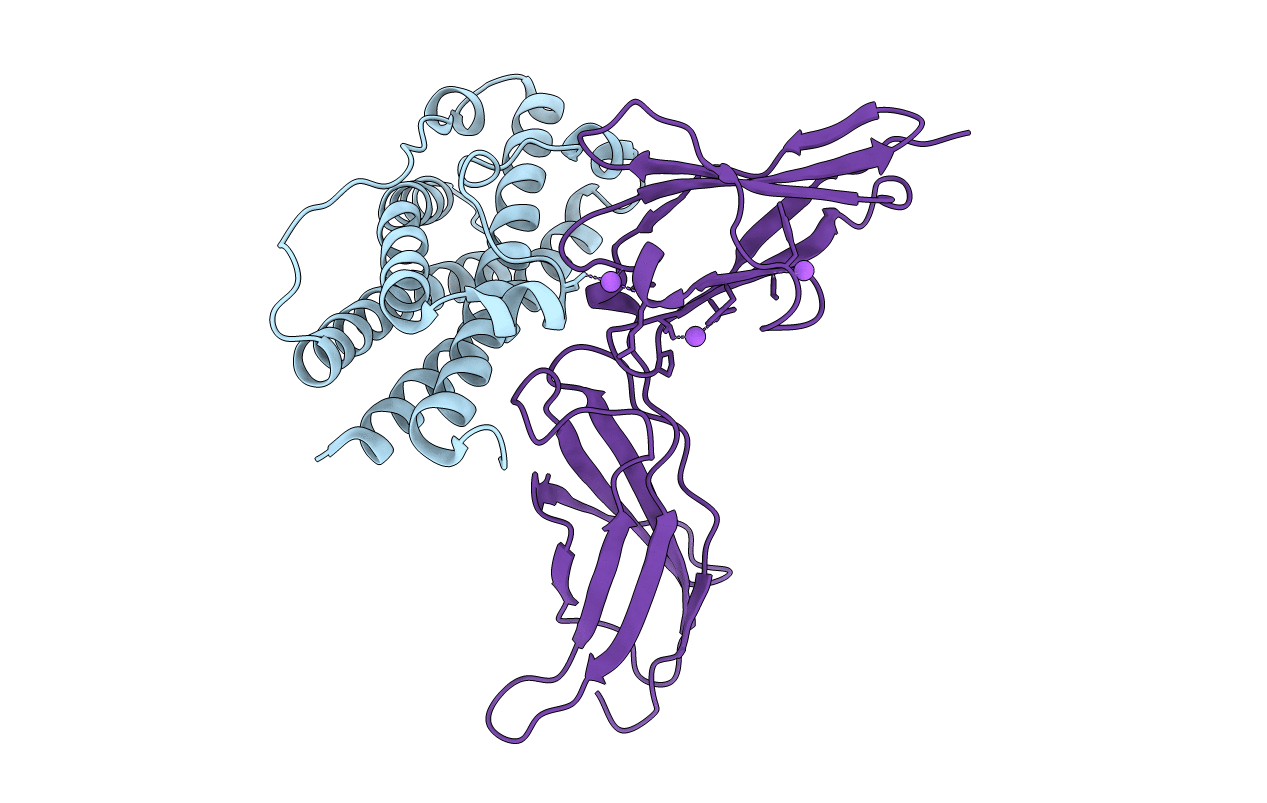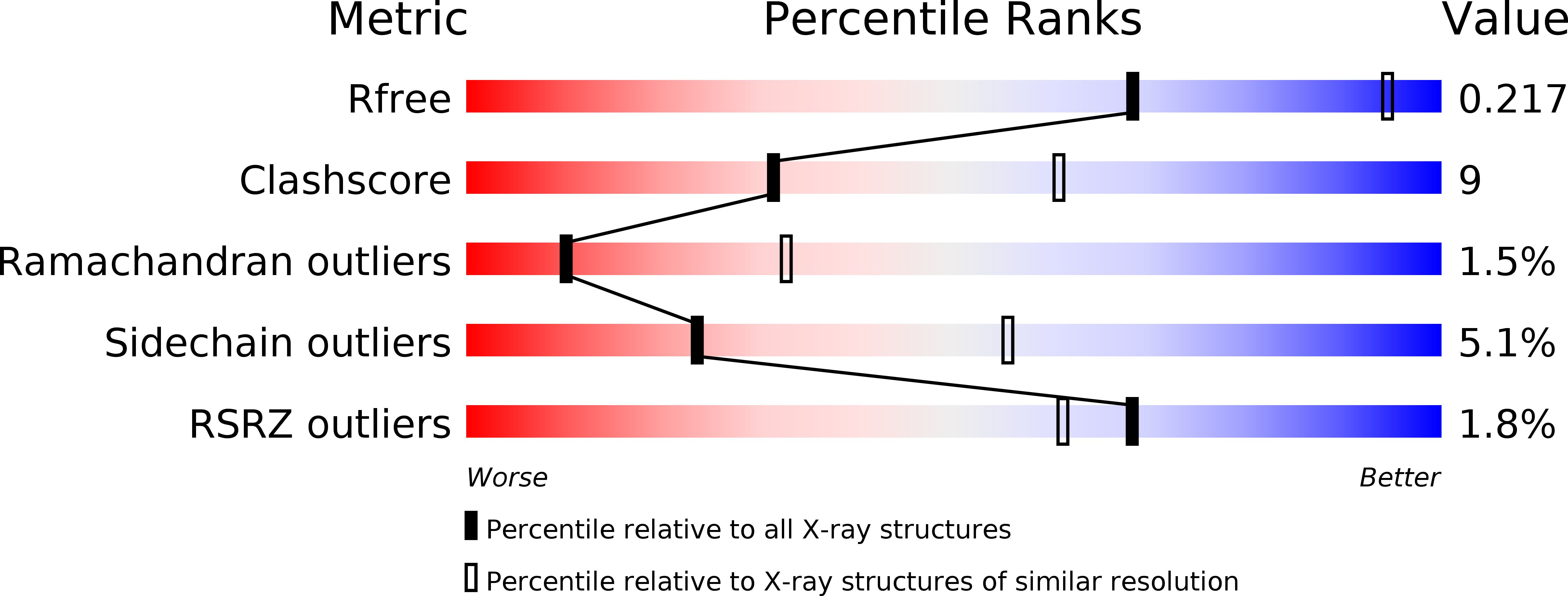
Deposition Date
2010-06-04
Release Date
2010-09-29
Last Version Date
2024-11-20
Entry Detail
PDB ID:
3NCF
Keywords:
Title:
A mutant human Prolactin receptor antagonist H30A in complex with the mutant extracellular domain H188A of the human prolactin receptor
Biological Source:
Source Organism:
Homo sapiens (Taxon ID: 9606)
Host Organism:
Method Details:
Experimental Method:
Resolution:
2.80 Å
R-Value Free:
0.21
R-Value Work:
0.15
R-Value Observed:
0.16
Space Group:
P 65


